OSKAR SCHINDLER: From a wealthy tycoon to a Wartime Hero

Businessman Oskar Schindler speaks about saving lives during the Holocaust of Germany’s Third Reich at an interview with United Press International.
The long hidden blood stained history of holocaust in Nazi Germany, though replete with infamy and grievous prejudices against the jews, has a few names of personalities in store who jeopardised themselves and went beyond their boundaries to rescue and shelter thousands of jews from the dungeons of concentration camps. The systematic and utterly hostile genocide of the jews took the world by jaw dropping horrific astonishment during the second world war and still remains one of the most malicious mass killings ever committed.
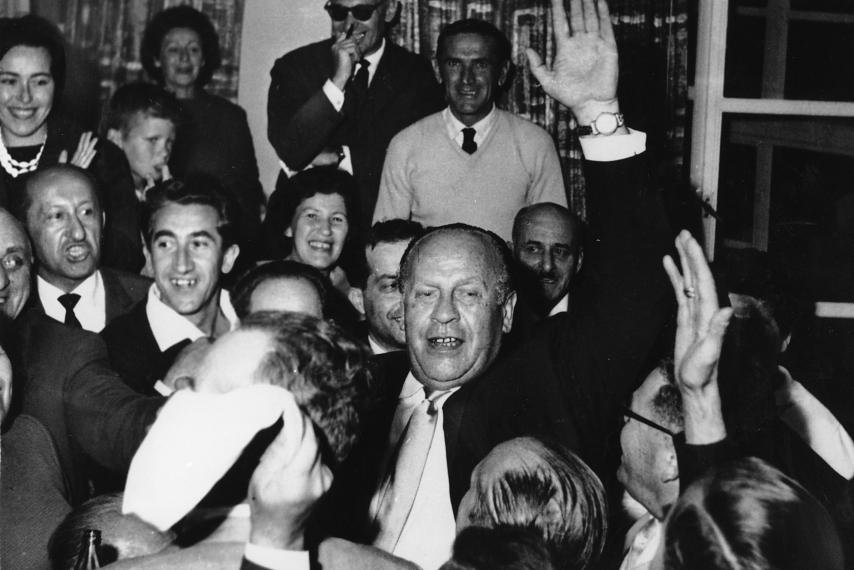
Among the very few people associated with the Nazi party who dared to sympathise with the Jews was Oskar Schindler. A German business tycoon, industrialist and later a Nazi Party member, he is perhaps the most renowned “Righteous Gentile,” credited with saving up to 1,200 Jews during the Holocaust. Long forgotten, unheeded and barely taken into account after the end of the second world war, Schindler’s life story gained global acclaim through the 1982 novel Schindler’s Ark by Thomas Keneally who although based his book on existing authentic documents and interviews with several Holocaust survivors, it remains a work of historical fiction. The novel also served as the basis for the 1993 film Schindler’s List.
Early Life
Born on April 28, 1908, in Zwittau, Austria-Hungary (now Moravia in the Czech Republic), Schindler was raised in a privileged Catholic family. Following the dissolution of the Austro-Hungarian Empire after World War I, Schindler became a citizen of the newly formed Czechoslovak Republic. Despite his marriage to Emilie Schindler at nineteen, he maintained a string of mistresses. After completing several trade schools, Schindler undertook various jobs, including working in his father’s farm machinery business, opening a driving school, and selling government assets. After overseeing the decline of his family’s business, he turned to sales, seizing the opportunities presented by the onset of war.
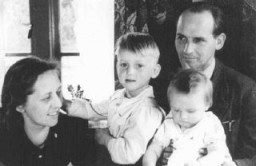
He also served in the Czechoslovak army, reaching the rank of lance corporal in the reserves by 1938. As an ethnic German from the Sudetenland, Schindler supported the Nazi Party’s belief that Germany should annex the region. In 1936, Schindler began collaborating with the German Armed Forces’ Office of Military Foreign Intelligence (Amt Auslands/Abwehr).
Historian David M. Crowe’s 2004 book, Oskar Schindler: The Untold Account of His Life, Wartime Activities, and the True Story Behind The List, which serves as the most thorough account for Holocaust historians, reveals that Schindler played a significant role in justifying the invasion of Poland. Crowe’s research, supported by newly discovered documents, suggests Schindler was a high-level spy, leading a German unit involved in planning the invasion. Schindler was arrested by Czech counterintelligence in 1938 but was released later that year following the Munich Agreement, which allowed Germany to annex the Sudetenland. In February 1939, he officially joined the Nazi Party, though his reasons for doing so remain unclear and many people question whether his actions were driven by a genuine belief in Nazi ideology or, as some suggest, whether he was simply a pragmatic businessman who saw an opportunity to thrive under the new regime and its changing circumstances.
A fortune seeker by nature with a penchant for luxury, Schindler entered Poland alongside the SS (Schutztafell, a paramilitary organisation under Adolf Hitler), quickly immersing himself in the black market and criminal underworld. He cultivated relationships with local Gestapo officials, using bribes, women, and illicit alcohol to gain their favour. These connections enabled him to acquire a factory, which he operated using the most affordable labour available: Jewish workers, for whom he eventually became a wartime saviour by saving them from deportation to Auschwitz, Nazi Germany’s largest concentration camp complex.

SCHINDLER’S ‘EMALIA’- A Sanctuary of Safety
After Germany invaded and occupied Poland, Schindler relocated to Kraków in October 1939. Seizing the opportunity presented by the German occupation’s policy to “Aryanize” and “Germanize” Jewish and Polish-owned businesses in the General Government, he purchased Rekord Ltd., a Jewish-owned enamelware factory, in November 1939 which he then transformed the facility into the Deutsche Emailwarenfabrik Oskar Schindler, also known as Emalia.
Before the war, Poland had been a relatively safe haven for European Jews, with Kraków alone home to over 50,000 Jews. However, the German invasion brought immediate and ruthless destruction wherein Jews were forced into overcrowded ghettos, subjected to random beatings and humiliation, and killed without warning. As occupied Poland was ravaged by the horrors of the Holocaust, Schindler began his tentative journey from the pall of Nazism toward the light of heroism while reflecting on his actions during the war, he later remarked, “If you saw a dog about to be crushed under a car, wouldn’t you help it?”
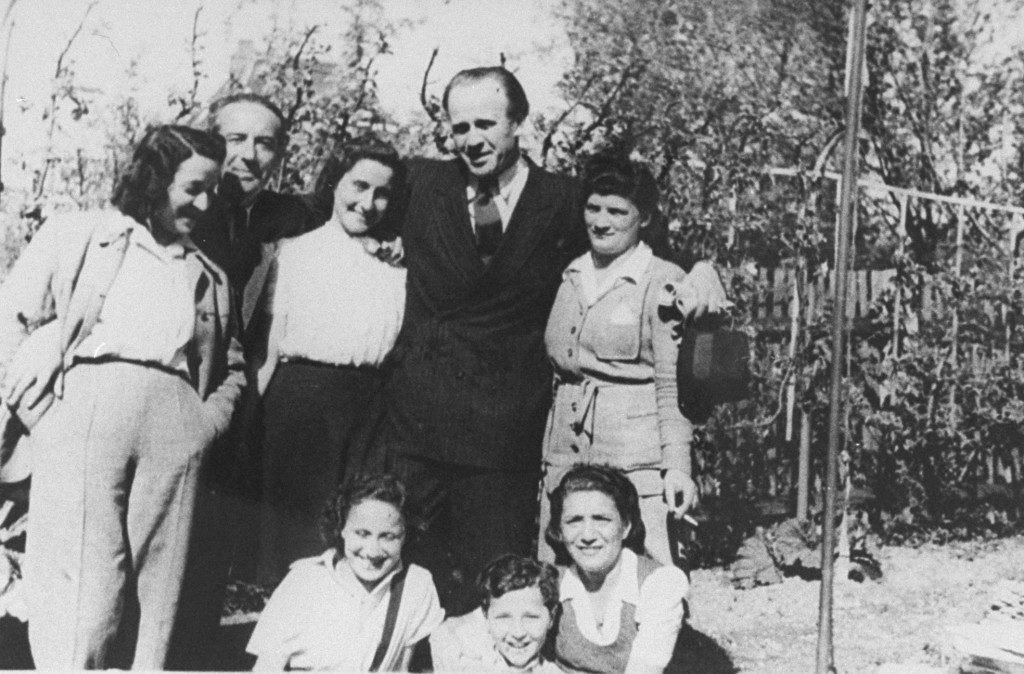
While Schindler managed two other factories in Kraków, it was only at Emalia that he employed Jewish workers from the nearby Kraków ghetto. As historian Amy Randall notes, “Jews were forced into ghettos and camps where companies could exploit their labour for free.”
Initially, Emalia manufactured kitchenware for civilians and the German army, but it later expanded to include munitions production to German fronts. Although Schindler hired local Polish workers, his Polish-Jewish accountant, Isaak Stern, advised him to employ Jewish labourers to reduce costs and boost profits.
As Schindler began employing Jewish workers, he developed some sympathy for their situation—while still profiting from it. In an uncommon move, Schindler also hired children and the elderly to protect them from starvation in the ghettos. Whatever might be the motives, everyone in his factory did not go hungry to bed, and no one was beaten or killed. His factory became a refuge of humanity amidst a landscape of abject moral decay. Later he once remarked, “I was now resolved to do everything in my power to defeat the system.”
By 1944, Emalia had a workforce of 1,700, including at least 1,000 Jewish forced labourers.
From March 1943 until Emalia became a subcamp the following year, the Jewish workers lived in Plaszow under brutal conditions. By the fall of 1944, as Germany’s grip on Poland weakened and the Russian army advanced, the Nazis desperately attempted to complete their liquidation of the remaining Jews. However, Schindler remained loyal to the “Schindlerjuden,” the workers he referred to as “my children.” During this time, he regularly intervened to protect them, using bribes, connections and personal diplomacy. To prevent the SS from deporting his Jewish workers until late 1944, Schindler declared them essential to the war effort, adding an armaments division to Emalia. He also allowed his Jewish workers to stay overnight at the factory during the liquidation of the Kraków ghetto in March 1943 to ensure their safety.
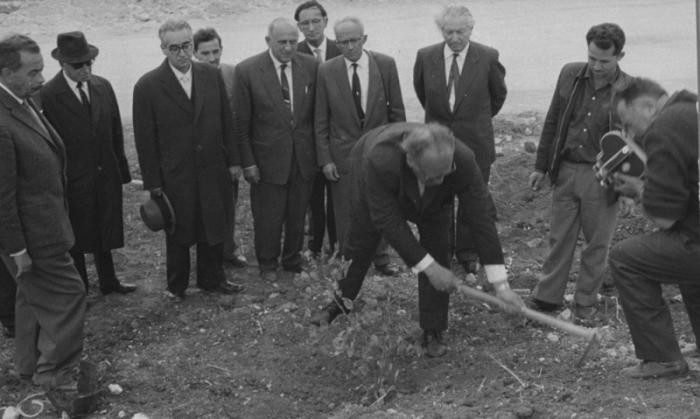
THE SCHINDLER’S LIST
Schindler leveraged his influence to establish a branch of the camp for 900 Jewish workers within his factory compound in Zablocie. He compiled the now-famous list of workers he needed, known as “Schindler’s List.” In October 1944, after the SS relocated the Emalia Jews to Plaszow, Schindler secured permission to move his plant to Brünnlitz (Brněnec) in the Protectorate of Bohemia and Moravia, near his hometown. He reopened it as an armaments factory, exclusively employing Jewish workers. With the help of an assistant, several versions of a list were created, identifying up to 1,200 Jewish prisoners needed for the new factory. These lists collectively came to known as “Schindler’s List.”
Schindler met the SS requirements to classify Brünnlitz as a subcamp of the Gross-Rosen concentration camp, facilitating the survival of around 800 Jewish men transferred from Plaszow via Gross-Rosen to Brünnlitz, and between 300 and 400 Jewish women who were sent from Plaszow via Auschwitz. Although designated as an armaments factory, the Brünnlitz plant produced only one wagonload of live ammunition in nearly eight months of operation. Schindler maintained the facade of the subcamp as a functioning armaments factory by falsifying production reports.
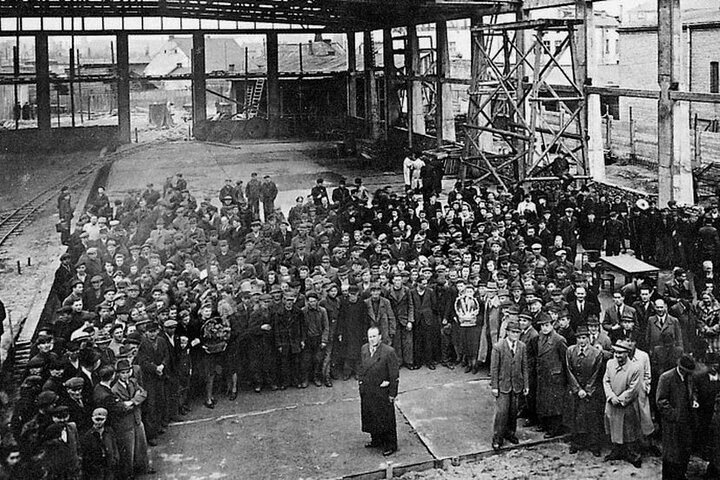
The factory operated for a year in its new location, producing defective bullets for German guns. Conditions were harsh for both the Schindlers and the workers, but Schindler’s actions saved most of them. His efforts to protect his Jewish workers, along with some of his questionable business dealings, drew the suspicion of SS and police authorities, who arrested him three times during his ownership of Emalia. However, they were unable to formally charge him with any crime.
Soviet forces liberated Schindler’s factory on May 9, 1945. Schindler’s efforts saved the lives of over 1,000 Jews who would have otherwise faced near-certain death. In 1993, Steven Spielberg’s acclaimed film Schindler’s List brought Oskar Schindler’s story to a global audience.
EMILIE’s omitted contributions
Schindler’s wife, Emilie, often overlooked or left out of the story, was also instrumental in saving the lives of Jewish factory workers, especially after the Brünnlitz factory was established, according to Randall.
“Emilie played a vital role in caring for the Jews,” Randall notes. “She was deeply involved in providing healthcare, even securing some medical supplies, and was crucial in obtaining food and other essential resources needed to sustain these people during the long months until the war’s end.”
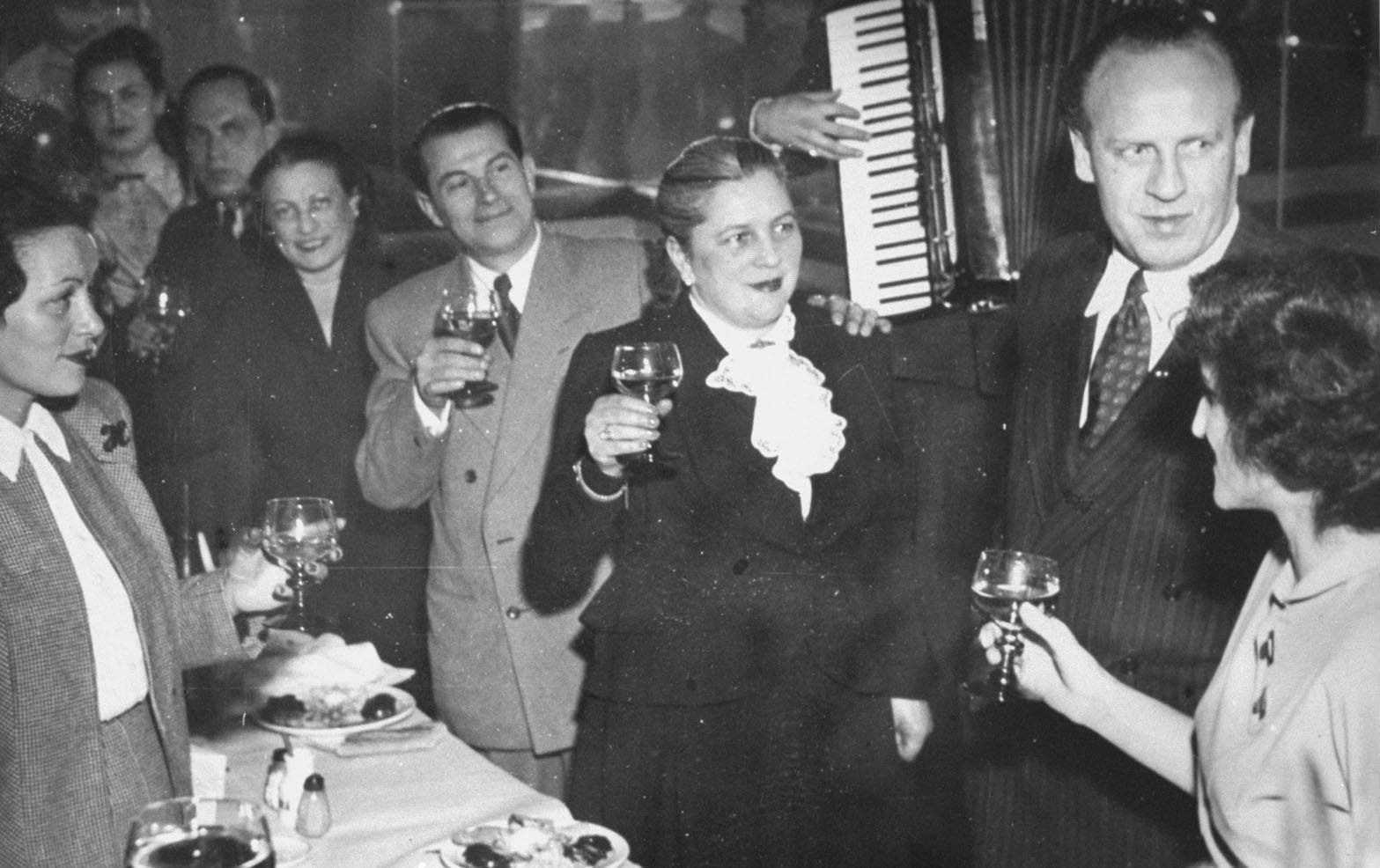
Beyond her daily contributions to the lives of the Jews at Brünnlitz, Emilie Schindler played a key role in several significant events at the factories. One notable incident occurred in January 1945, when two cattle cars arrived at Brünnlitz carrying about 120 Jewish men who had endured a seven-day journey from Goleszow, a subcamp of Auschwitz, sealed inside without food or water.
Emilie intervened, stopping the SS camp commandant before the train could depart for its intended destination, Auschwitz. “She and Oskar convinced the SS that these workers were needed at their factory,” explains Randall. Emilie then assisted in caring for the approximately 107 men who survived the journey, arriving at Brünnlitz frostbitten, starving, but alive; the others had tragically frozen to death.
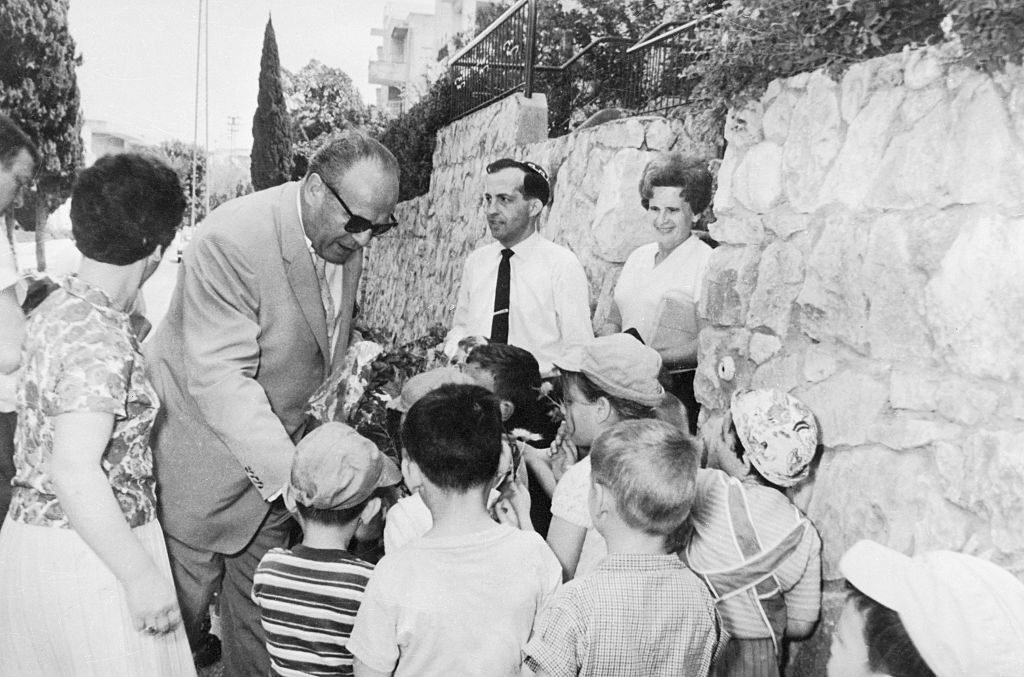
POST WORLD WAR
Oskar and Emilie Schindler stayed in Brünnlitz until the war ended in May 1945 and fled to Argentina with few workers, where he purchased a farm. By 1957, although separated from Emilie but not divorced, Oskar returned alone to Germany. “He tried different ventures, but they weren’t very successful,” says Randall. He spent his remaining years shuttling between Germany and Israel, where he was honoured and cared for by the “Schindlerjuden.” He died in Hildesheim in October 1974, penniless and largely unknown. Many of those he saved, along with their descendants, funded the transfer of his remains to Israel for burial. In 1993, Yad Vashem honoured both Oskar and Emilie Schindler as “Righteous Among the Nations” for their heroic efforts to save Jews during the Holocaust. Oskar was buried in the Catholic Cemetery on Mount Zion in Jerusalem.
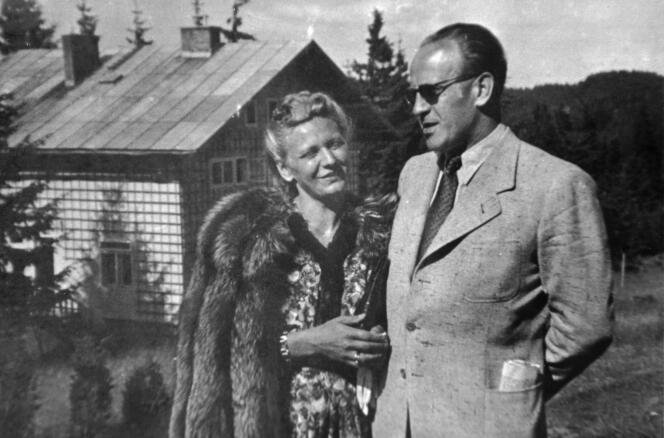
SHINDLER’S LEGACY
Initially, largely forgotten by society, with his memory alive and preserved mainly by those he saved, Schindler’s legacy has thrived since his demise. Historian Sean Stewart notes that Schindler was one of many who profited from the war, and his story didn’t stand out until the 1982 novel Schindler’s Ark and the 1993 film Schindler’s List. These works brought his tale to global attention, though the film has been critiqued for oversimplifying his transformation from opportunist to humanitarian and turning a blind eye to his extent of philandering. Despite these criticisms, both Stewart and Randall emphasise the importance of the film in deepening public understanding of the Holocaust. Ultimately, Schindler’s actions serve as a powerful reminder that even deeply flawed individuals can act with great courage and compassion in the face of evil.


